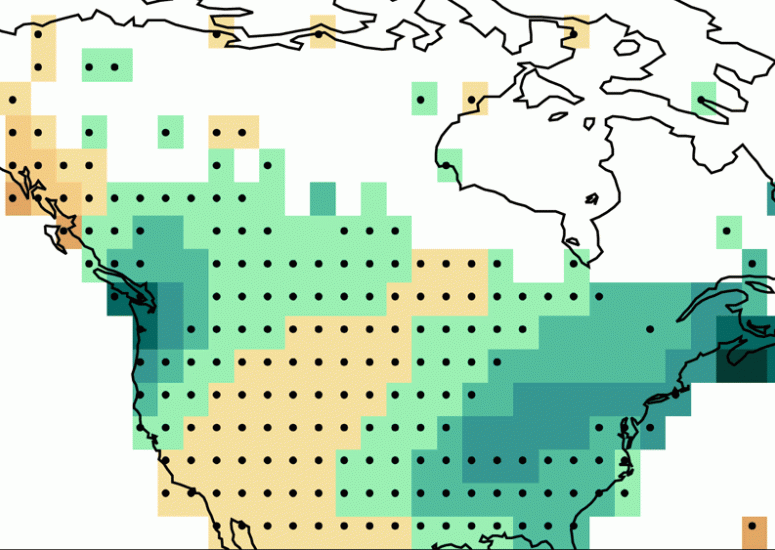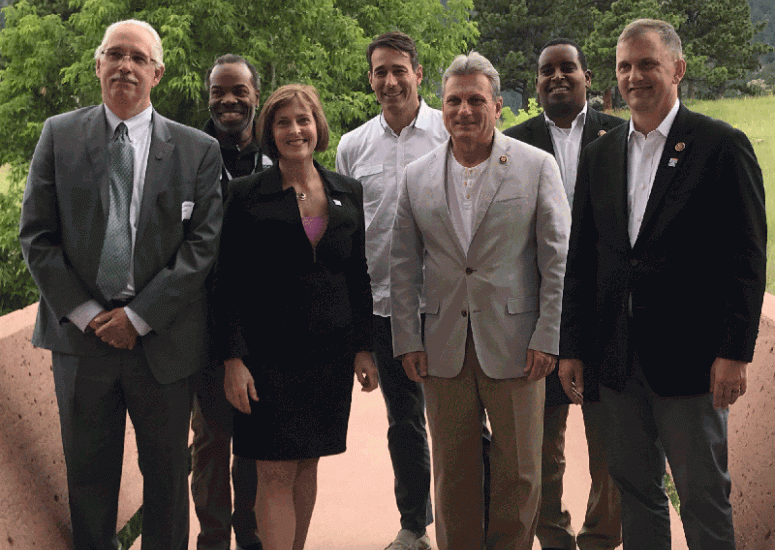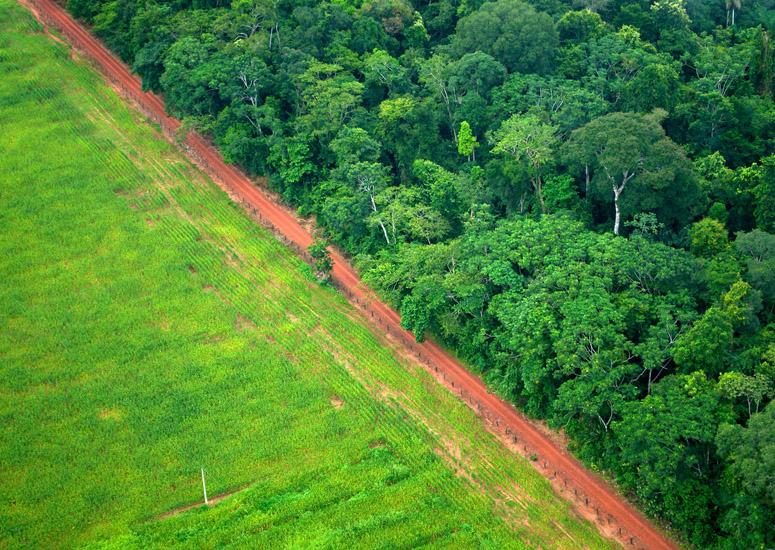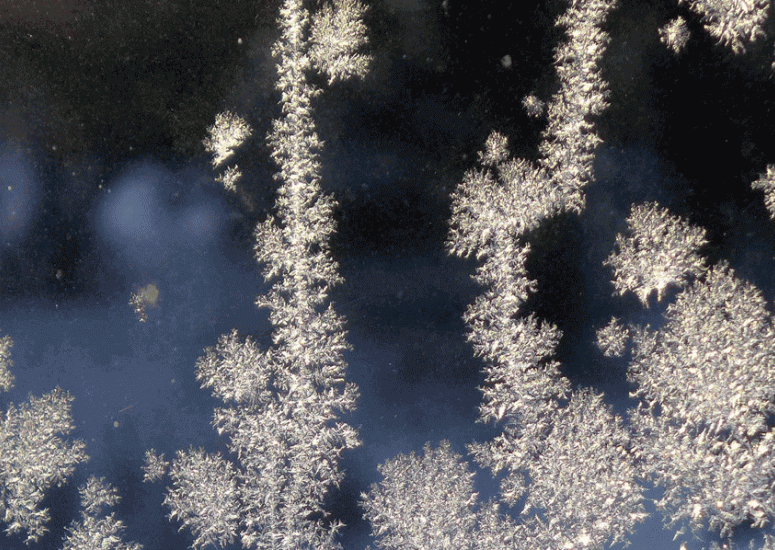-

Climate change has altered winter precipitation across the Northern Hemisphere
A team of scientists has successfully teased out the influence of human-caused climate change on wintertime precipitation over much of the last century, showing that the warming climate has altered wintertime rainfall and snowfall across the Northern Hemisphere.
- Climate,
- Weather
-
NCAR’s new climate model is running hot
A new study takes a detailed look at possible reasons why the latest version of the flagship climate model based at the National Center for Atmospheric Research (NCAR) appears to be “running hot,” projecting an even more pronounced warming response to increased carbon dioxide in the atmosphere than previous versions.
- Climate
-

Congressional visit to NCAR focuses on climate research, improving resilience
A high-profile congressional panel visited NCAR to learn about the latest climate-related research and strengthening U.S. resilience in the face of climate change.
- Climate,
- Government Relations
-

Global forests soaking up carbon at quickening rate
The world's forests are taking up increasingly more carbon, partially offsetting the carbon being released by the burning of fossil fuels and by deforestation in the tropics, according to a new synthesis of model simulations.
- Climate
-

Tweets show how we normalize a changing climate
Scientists analyzed more than 2 billion tweets to reveal how perceptions of hot and cold temperatures change over time.
- Climate,
- Weather
